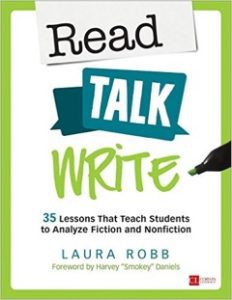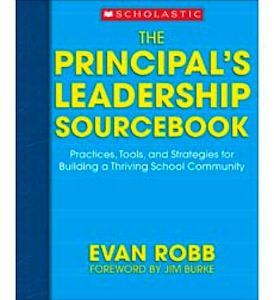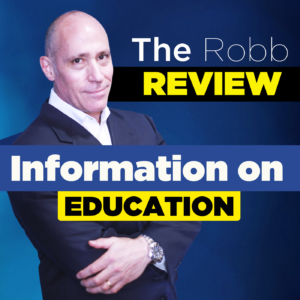The Principal: Improve Reading Scores

Looking for a silver bullet or magic? Stop reading right now, I cannot give you these. There are no silver bullets or magic ways to improve reading scores or any test scores for that matter. School leaders, teachers, and communities often draw incorrect conclusions about the quality of a school, teachers, principals, all the way to a superintendent based on scores from one day of testing. So, let’s learn some ways to improve reading and also scores.
First, I ask you to embrace and accept a simple assumption: if you practice, most things you do will get better. If you practice with purpose based on proven research strategies, improvement is even more likely to happen. For students to improve reading, they need to read and read with purpose.
Here are some tips and cautions to guide a program for reading success!
Rule #1: Read Aloud: Do this every day for five to ten minutes, depending on the length of reading classes. This is an opportunity to model reading, ask probing questions, and integrate strategies which have been taught.
Reminder: Reading a favorite book for most or all of a class period no matter how animated the instructor is will not make students better readers.
Rule #2: Instructional Reading: This is purposeful reading instruction to increase the application of strategies and skills to a text needed to be a better reader. State standards are often a good guide for specific strategies and skills along with an abundance of research on the skills needed to be better readers. The key is students need to read with purpose at their instructional level. Assessing students to know their lexile levels and using this information to create genre focused instructional reading units that meet the needs of students is critical for students to become better readers.
Reminder: One book for all rarely works; all students do not read on the same level. Instructional reading must be driven by the instructional needs of each student. If a teacher reads to students during this part of the lesson, students will not become better readers. They are not reading. Embarrassing games that have students read aloud like popcorn reading serve no purpose to improve reading for all. They are time fillers, nothing more!
Rule #3: Independent Reading: Is your school making a concerted effort to promote independent reading? This can range from allocating funds for books to school wide promotion and celebration of independent reading. Create a culture where all the students in your school are always carrying an independent reading book!. By encouraging them to read accessible books on topics they love and want to know more about, you develop their motivation to read! Students should complete thirty minutes of independent reading a night, and that should be their main homework assignment. Try to set aside two days a week for students to complete independent reading at school. Reading in a classroom is valuable!
Reminder: If staff get hung up on how to hold students accountable for reading or how to punish students who do not read, your efforts will fail. Find different, creative, and motivating ways to increase reading. You can have students present a brief, monthly book talk and enter completed books on a reading log. Twice a semester, students can choose a book from their log and share it with their group.
I am asking for a commitment to reading. Yes, actual reading VS reading programs where students read passages and answer questions or face texts far above their instructional reading levels. Commit to research based reading instruction and students will become better readers. If all students read at least three self-selected books a month in addition to instructional reading texts for the course of each year, test scores will improve.
As professionals I am calling us to take back what we know makes sense and what research has proven to work. In other words, bury worksheets and have students read the finest books. Reading teachers must become experts on reading instruction, assessment, strategies and the skills needed to teach students to become better readers. Let go of practices that do not work. If not we will continue to be palsied by slick programs from companies who have very different bottom lines than educators have.
For great information on a favorite topic of ours, Read Talk Write by Laura!

Check out my book published by Scholastic! The Principal’s Leadership Sourcebook!

![]()











